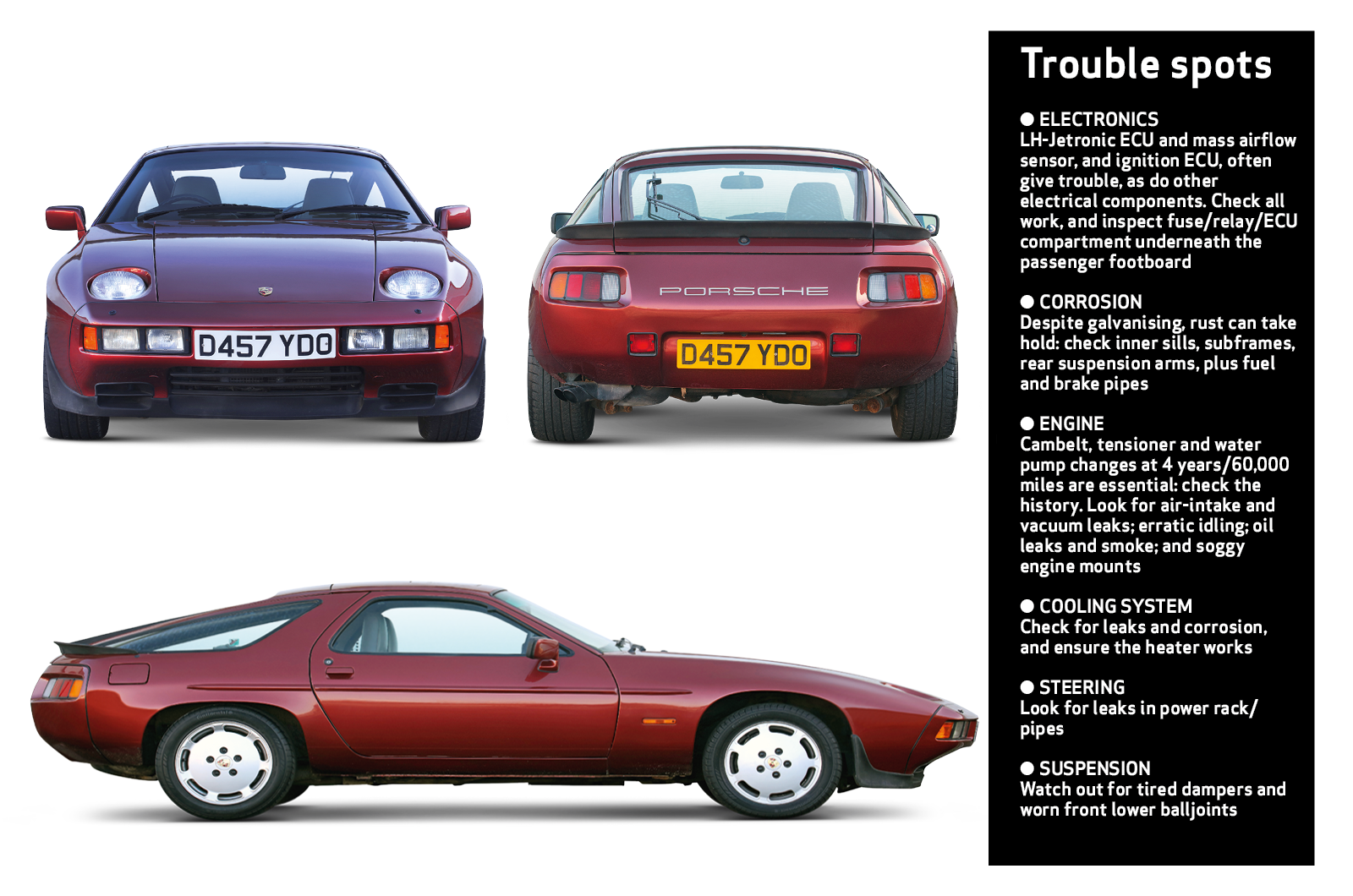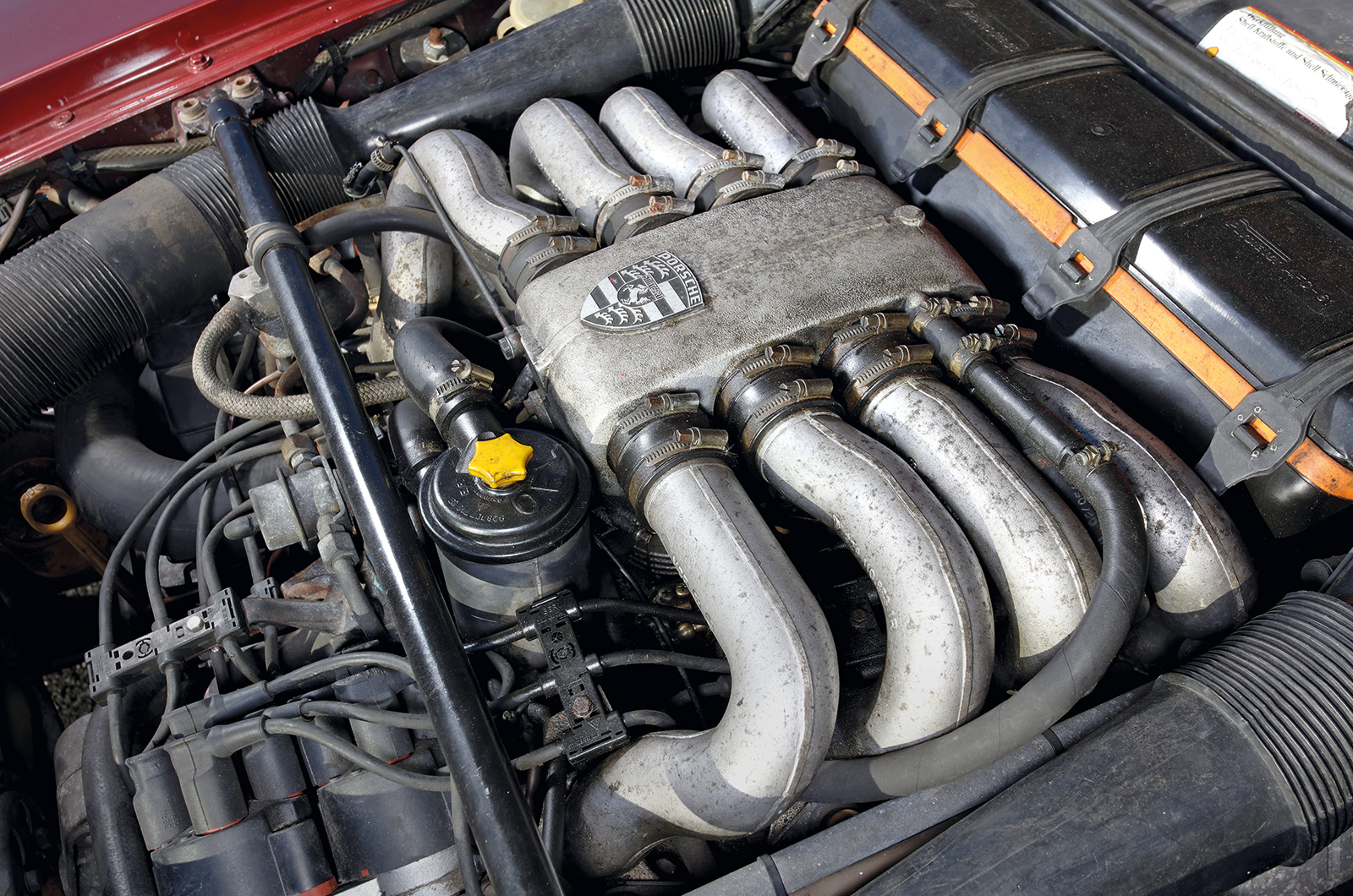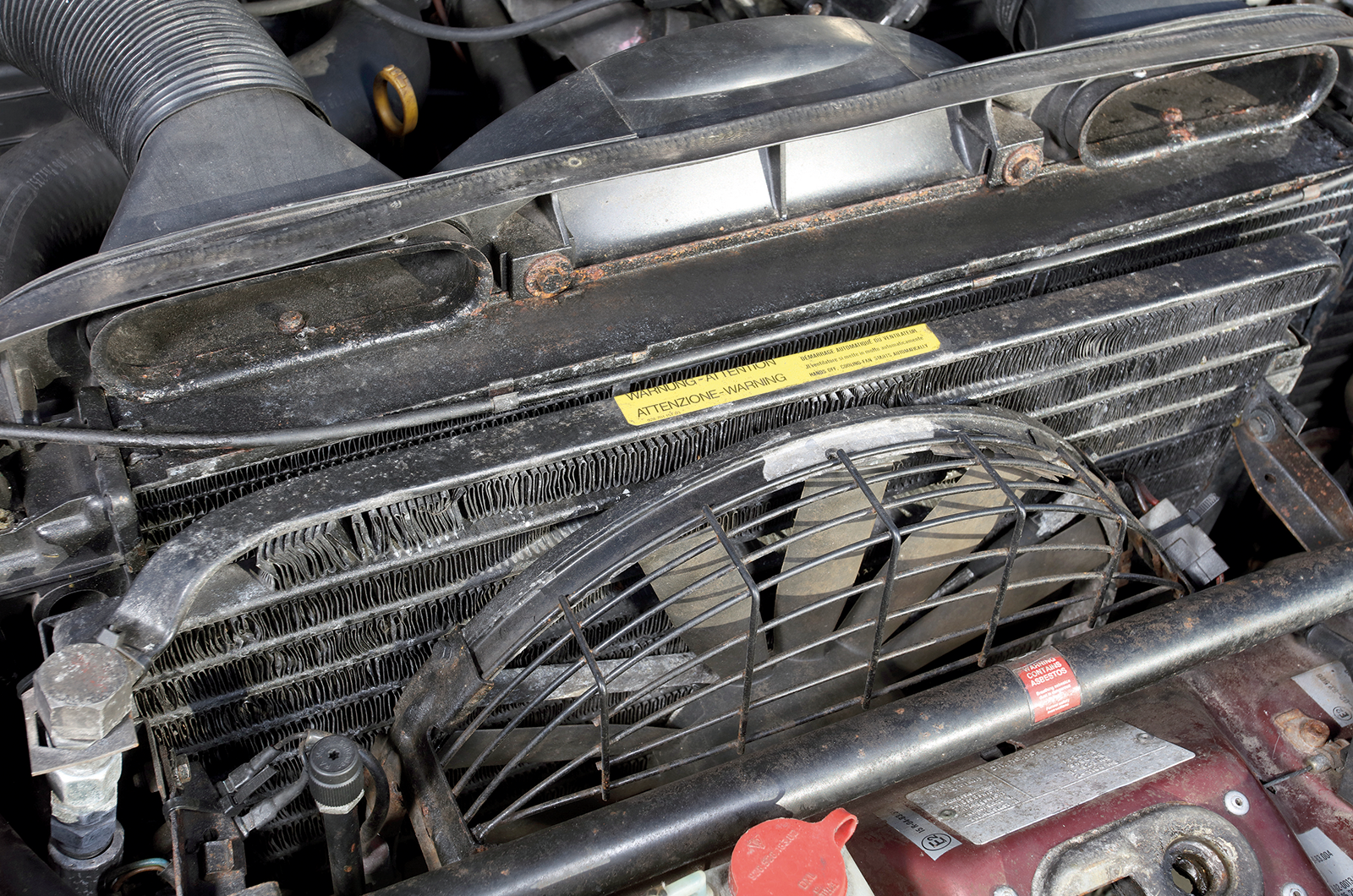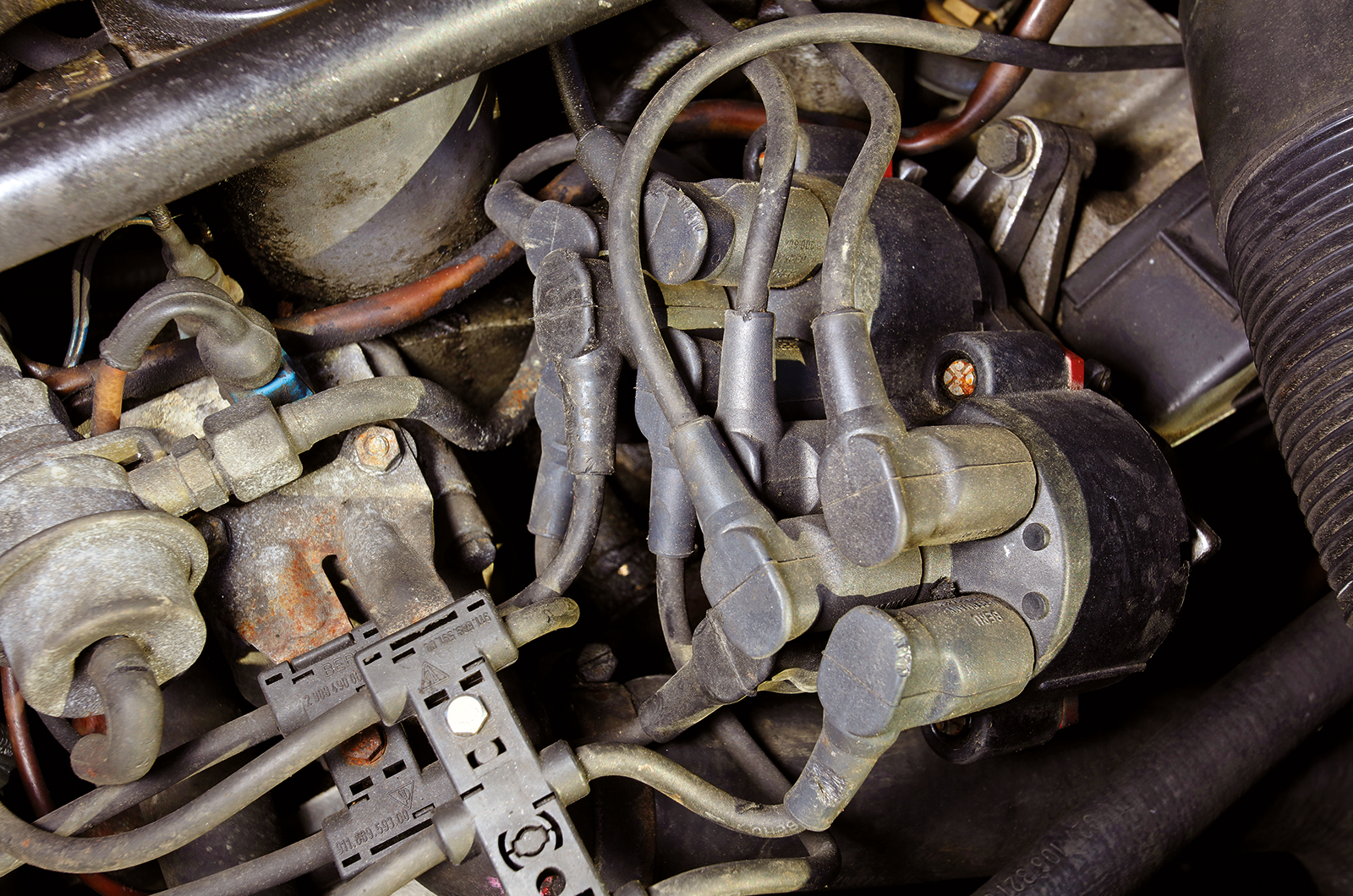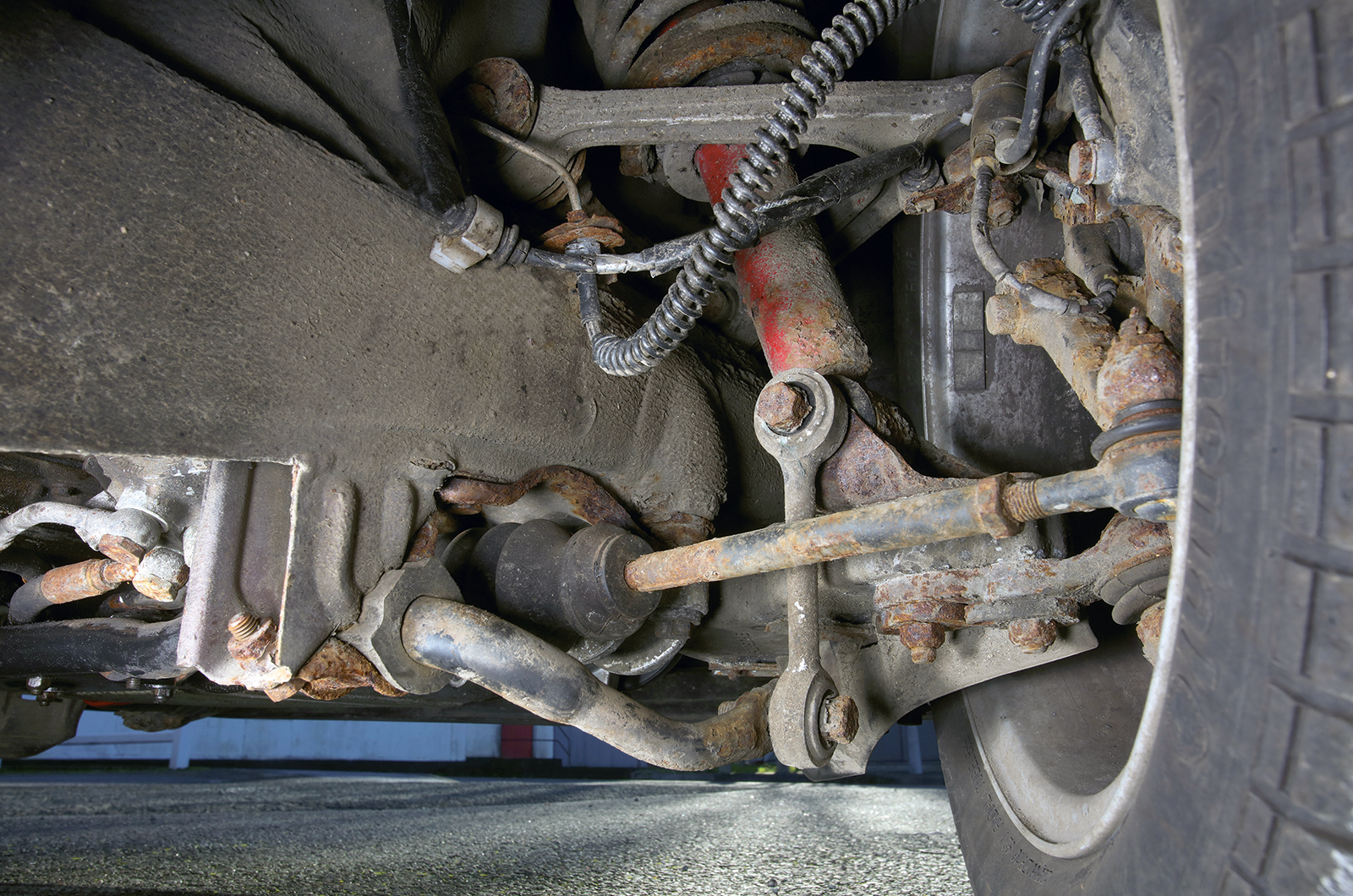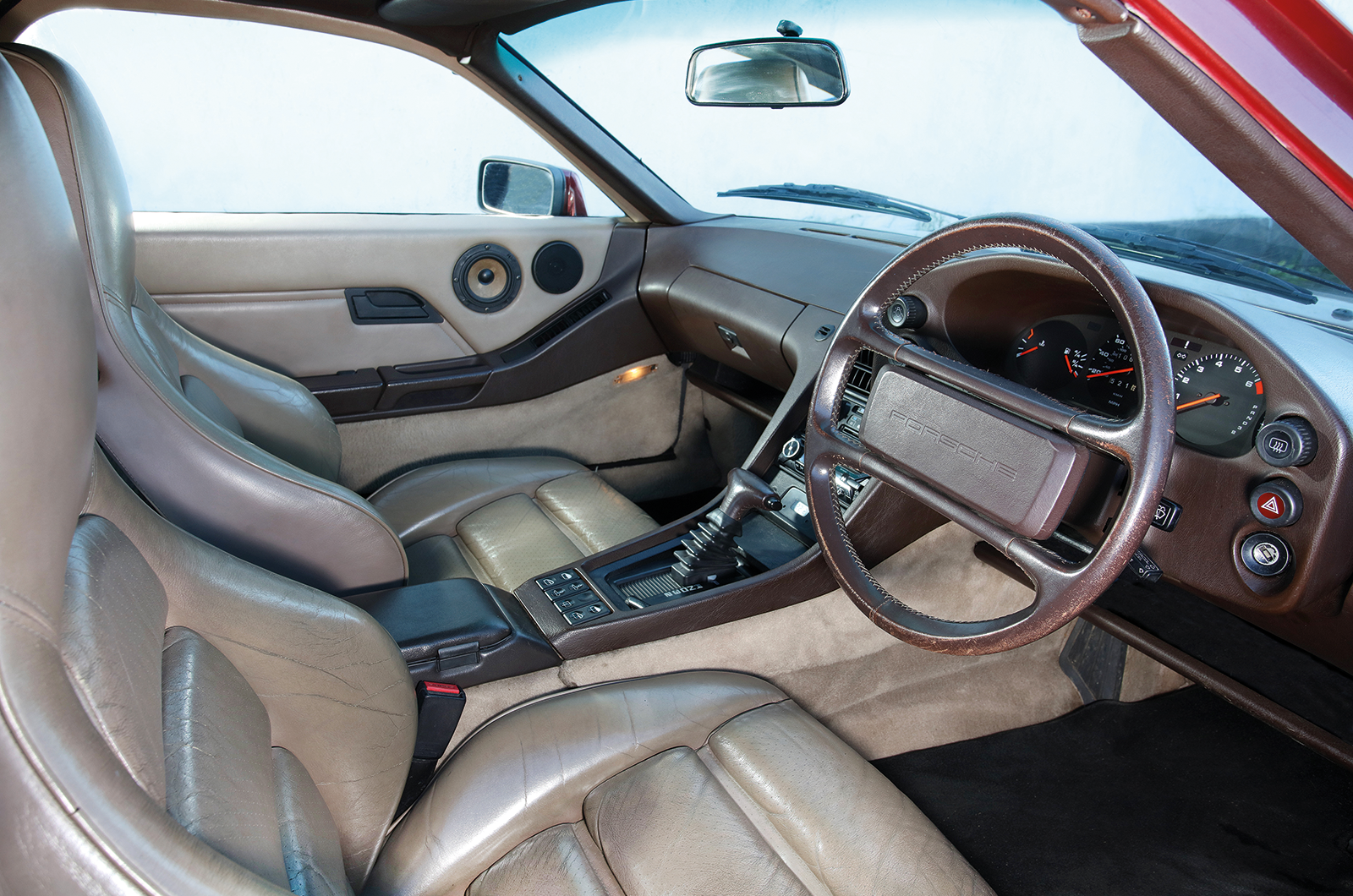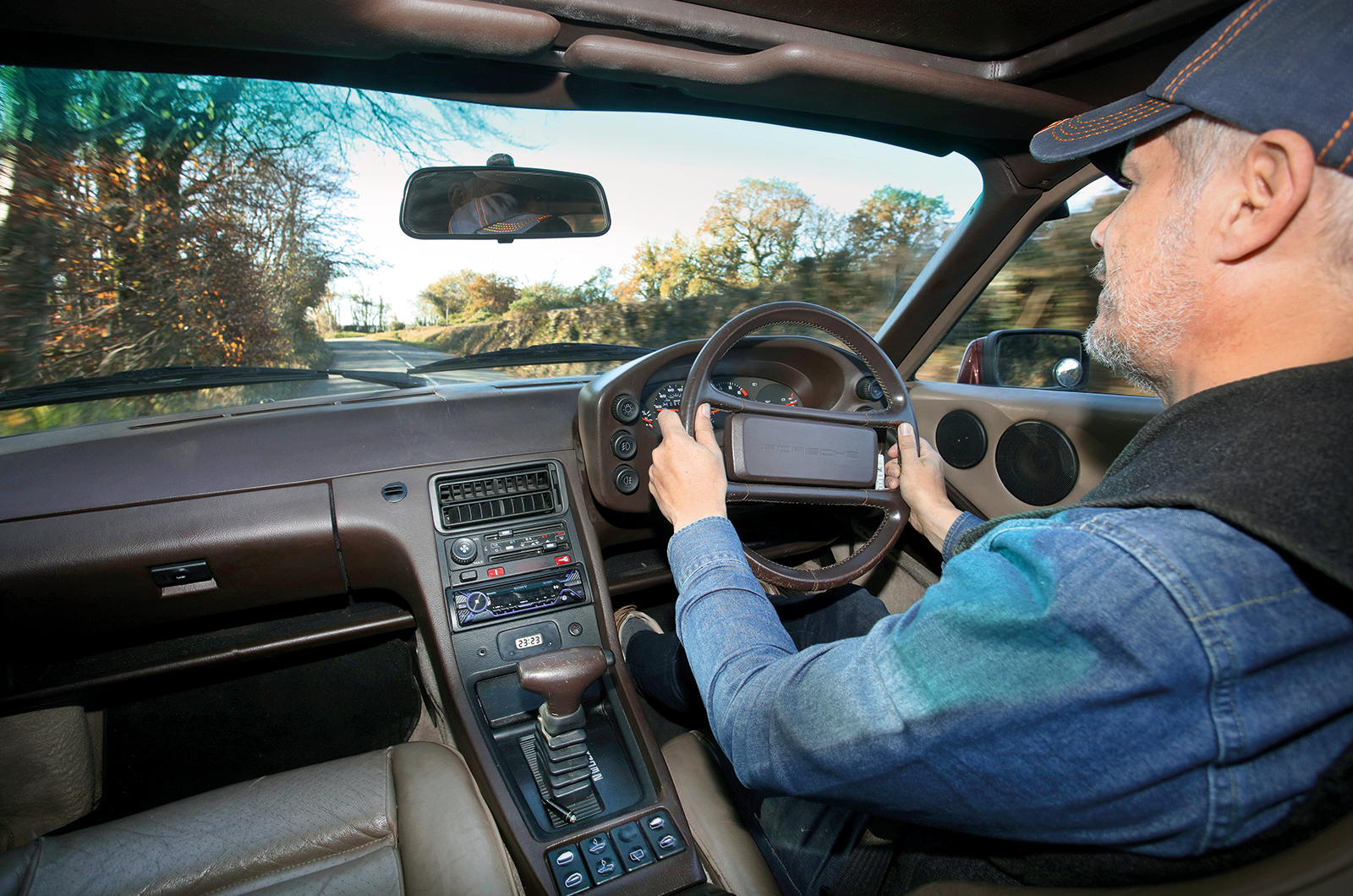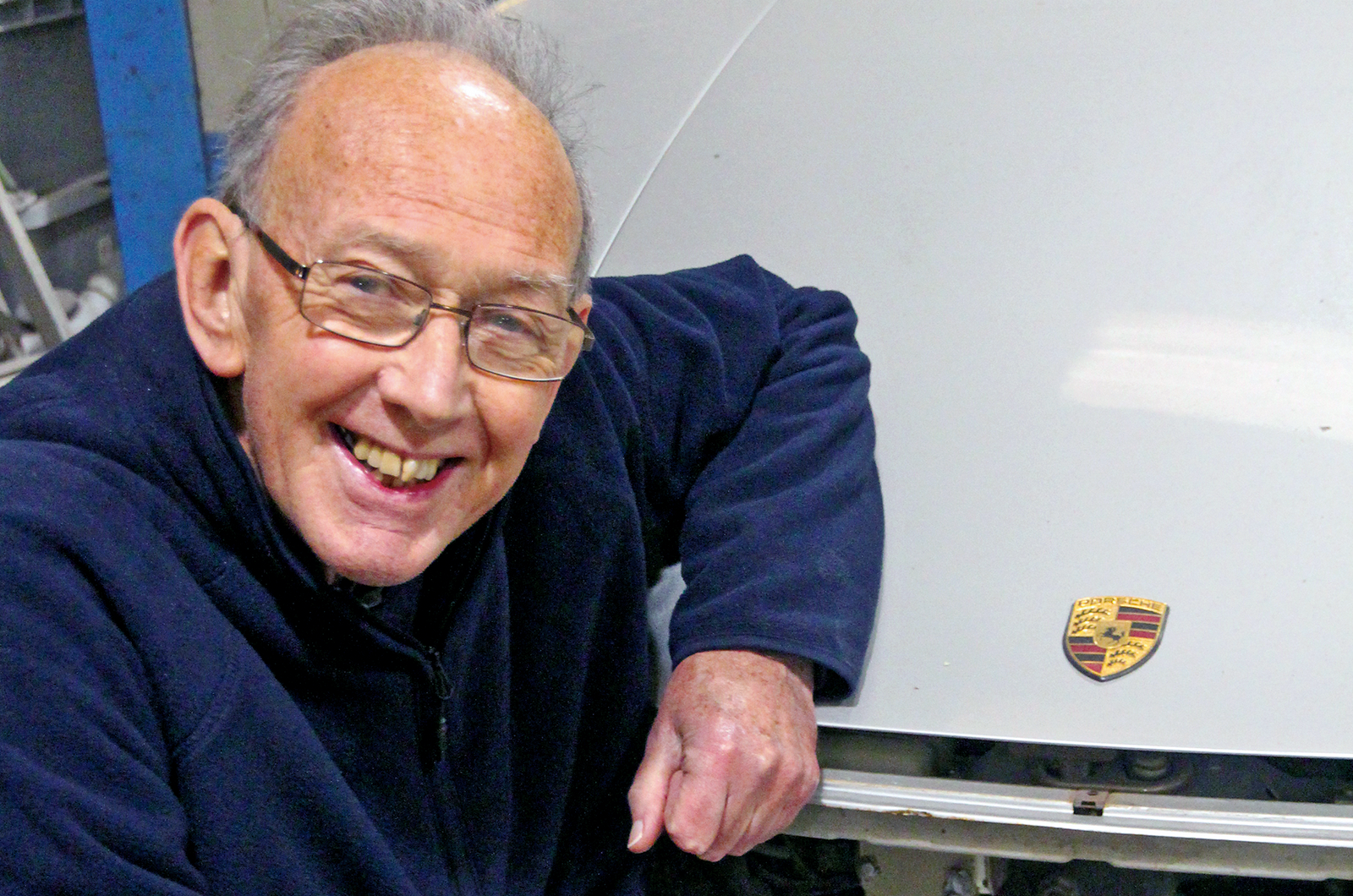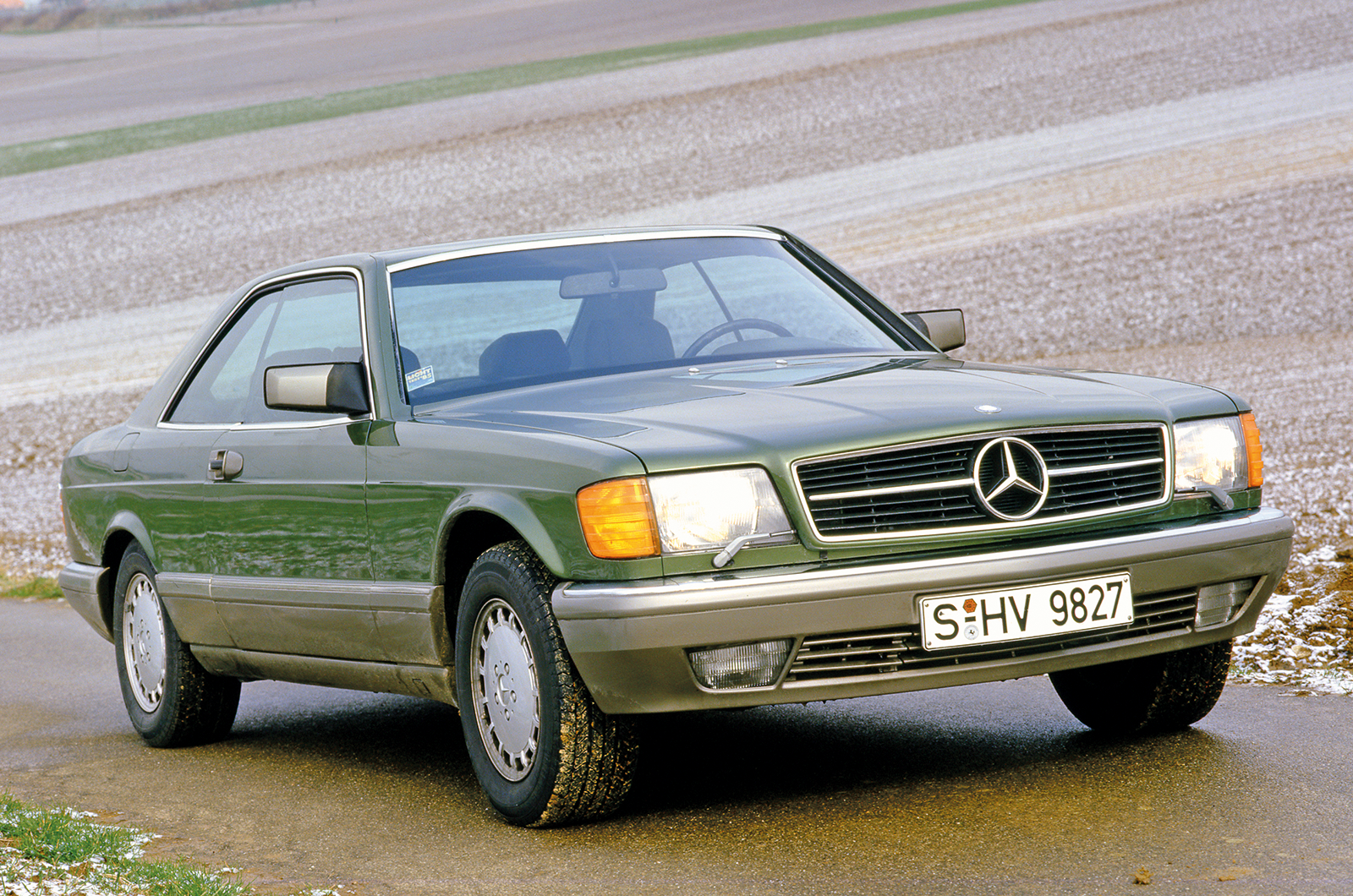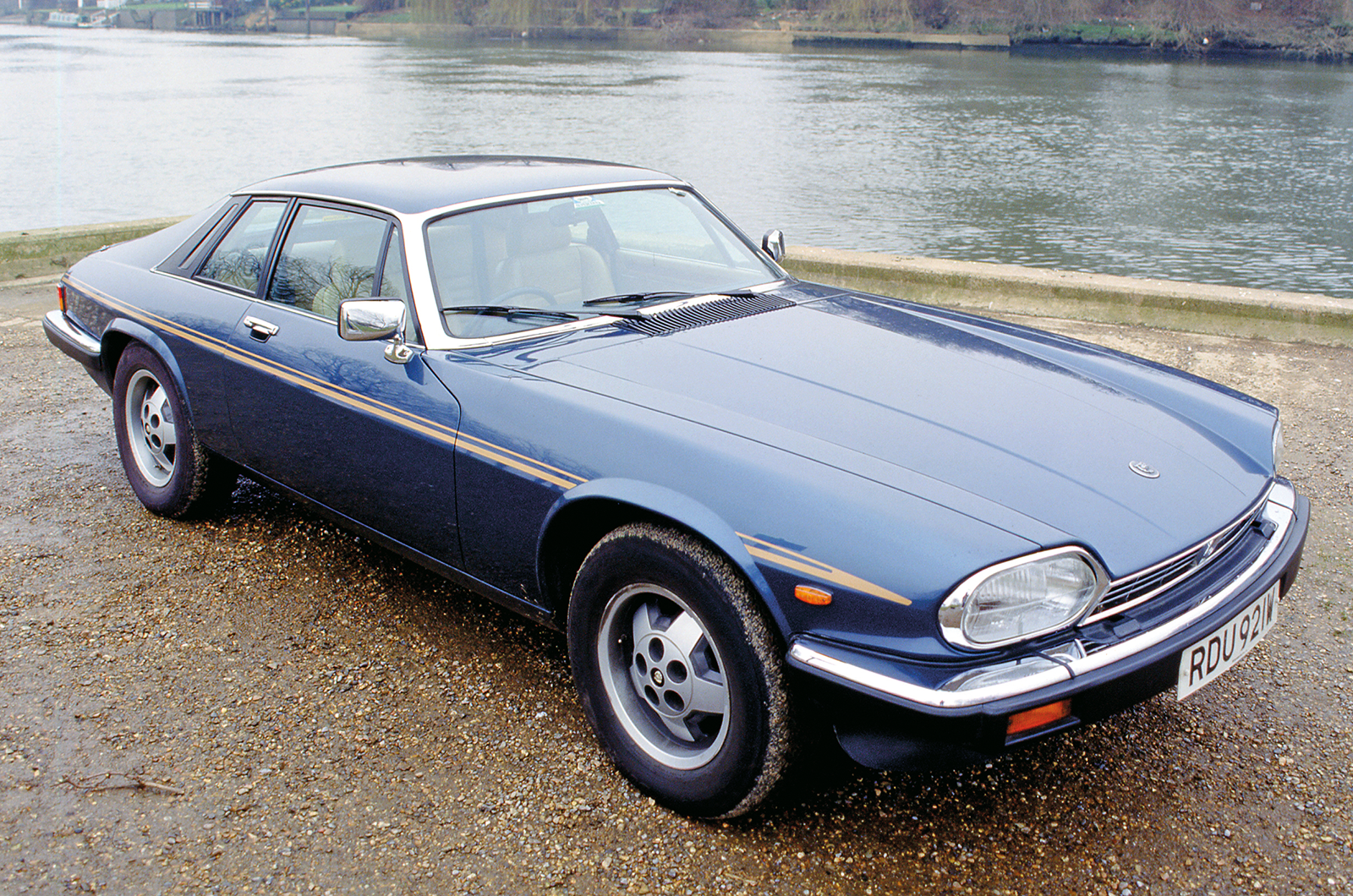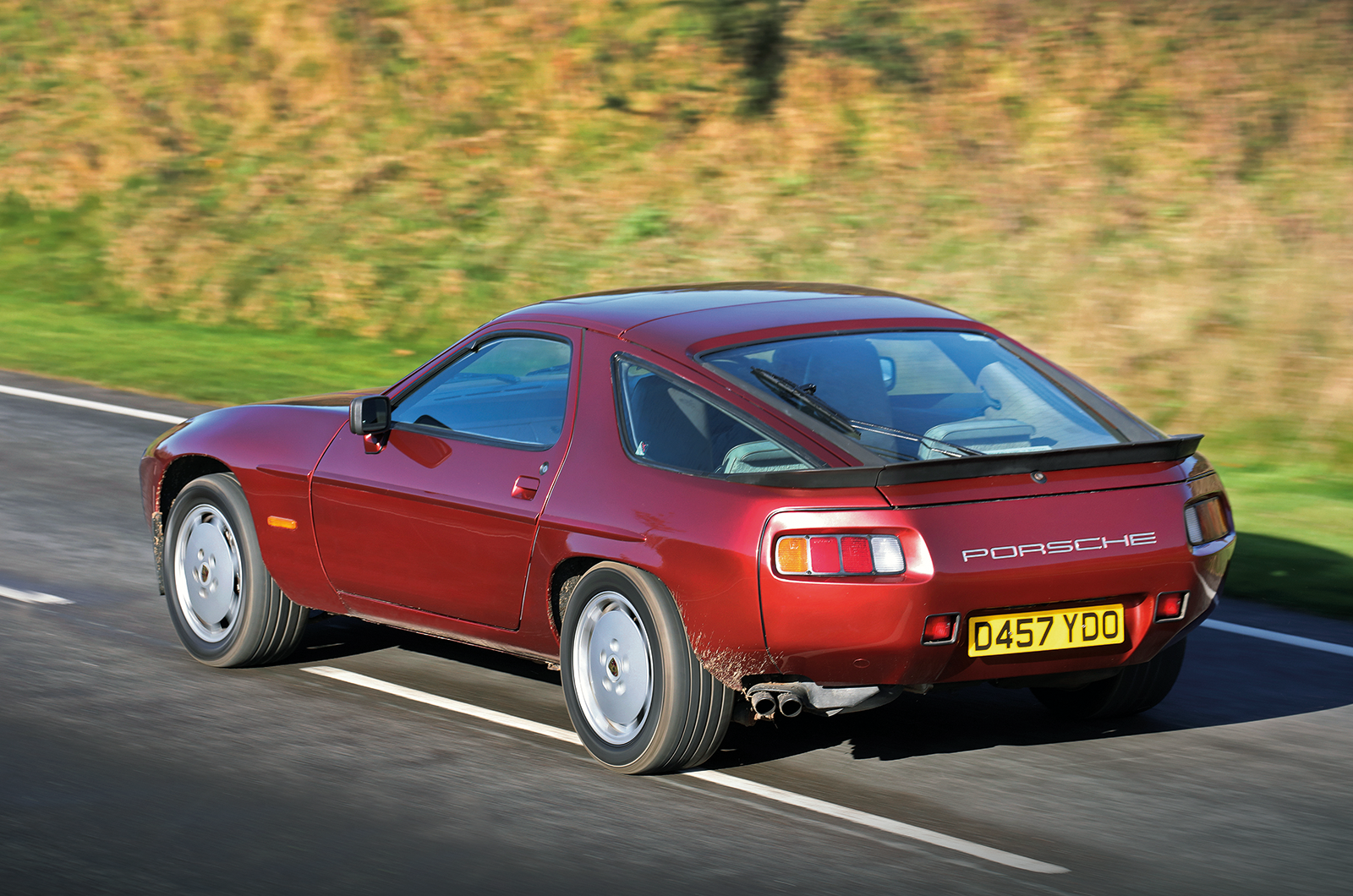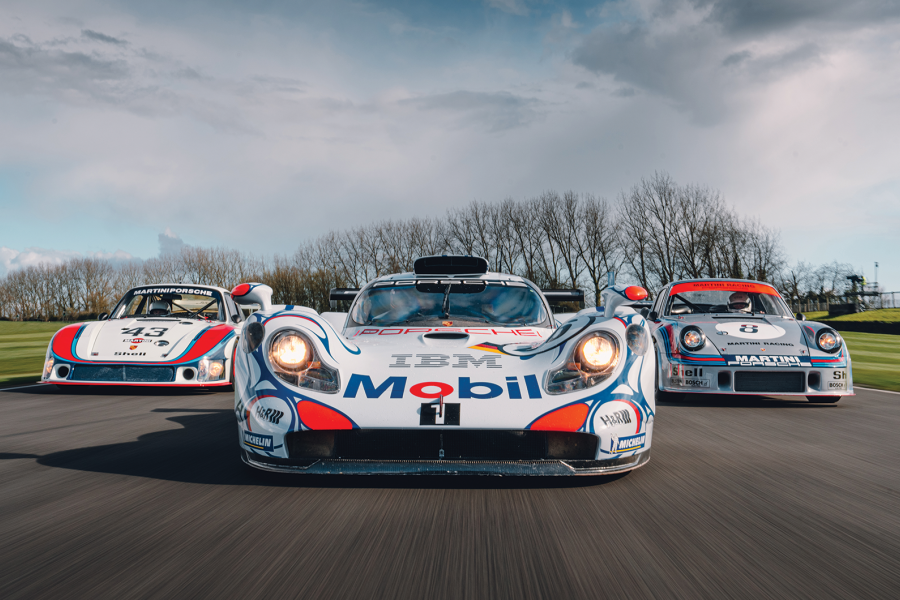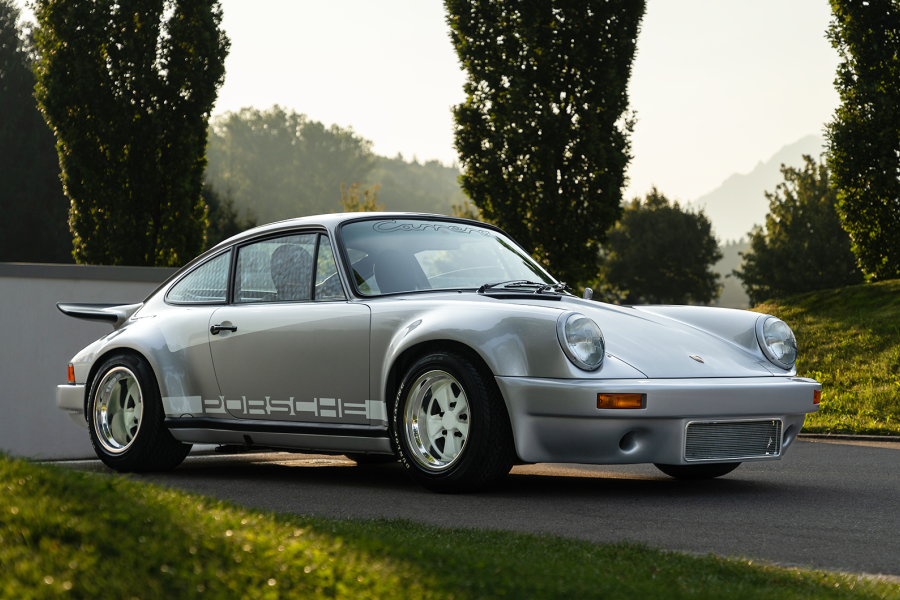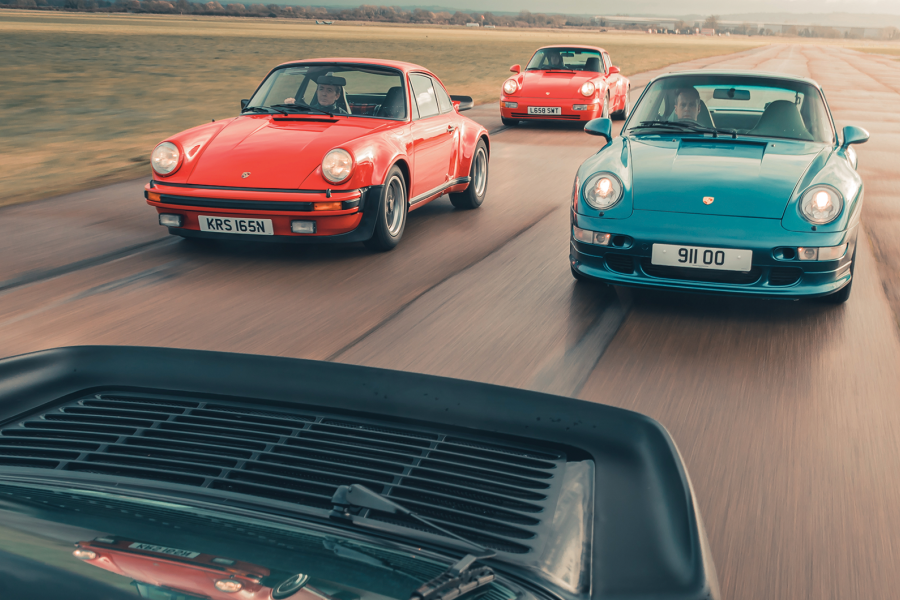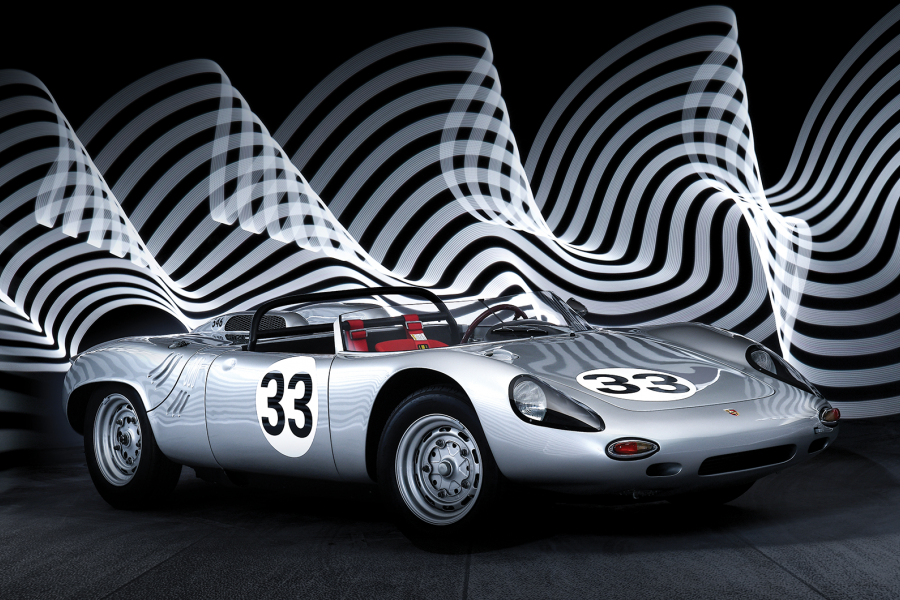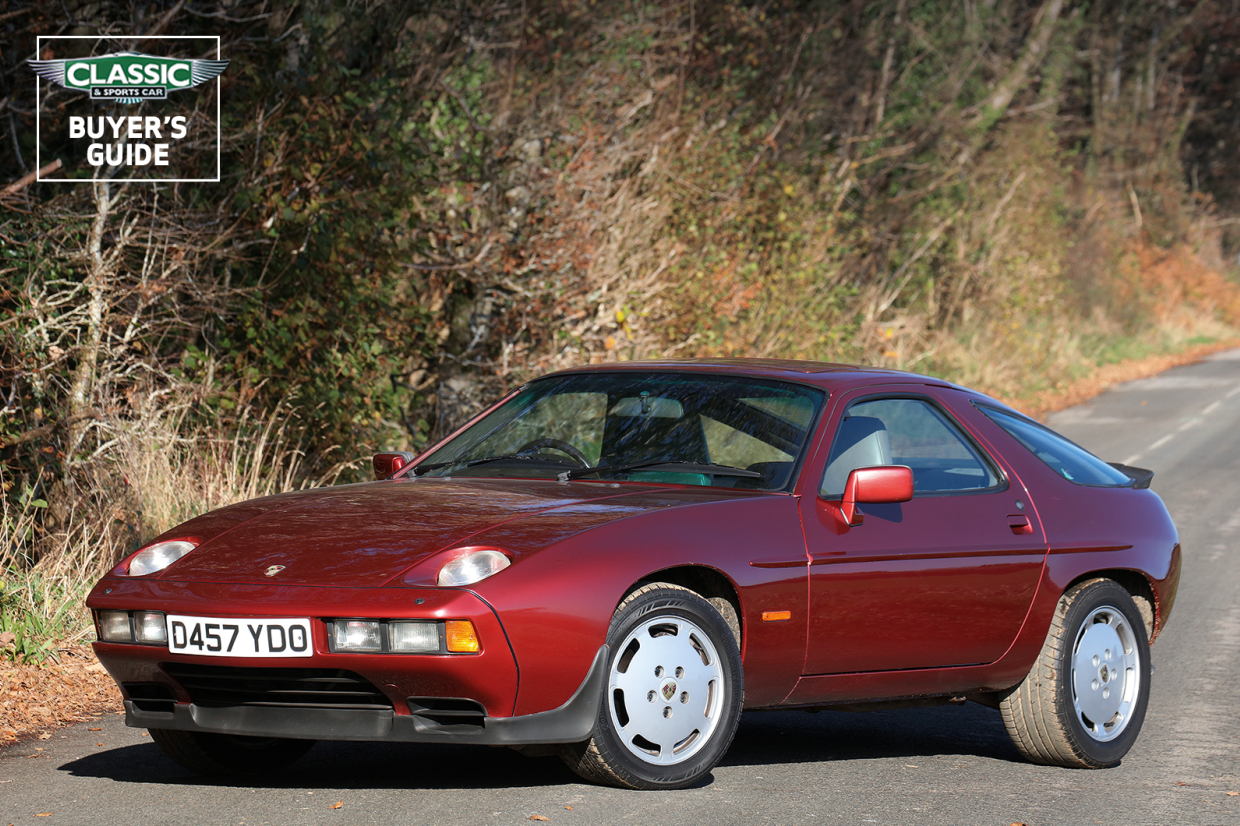
Why you’d want a Porsche 928
Porsche’s advertising spiel stated: ‘More thought has gone into the design and creation of the dramatic 4.5-litre Porsche 928 V-8 luxury sports coupé than perhaps any other car ever made. More technical innovation. More engineering skills. Which all moved an august body of international motoring journalists to vote the 928 Car of the Year 1978.’
It was a well-deserved win, an extremely rare one for a sports car, and the 928’s clean lines have aged well.
There was no denying the family resemblance to the bottom-of-the-range 924, which may have confused the market because the 928 cost more than the 911, with only the 911 turbo above it.
The rear seats were limited for both leg- and headroom – ideal for children, but only suitable for short trips with adults.
Like its smaller sister, the 928’s engine was set well back and balanced by a transaxle, linked to the engine by a torque tube.
The engine was an all-new, all-alloy V8 with hydraulic tappets and fuel injection, initially happy to run on 95-octane fuel and producing 240bhp, but clearly with potential for much more. Flexibility and docility were its key characteristics, rather than exceptional performance.
Frustratingly, the V8 was muted in operation, with no characterful burble, but wind and especially tyre noise meant that the 928 was not the silent sports car it could have been.

